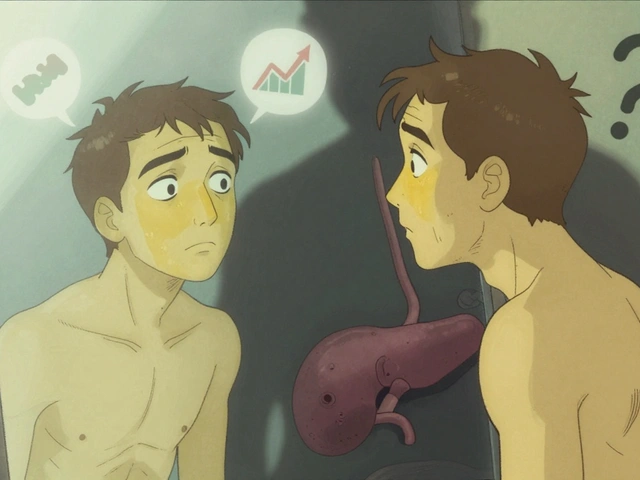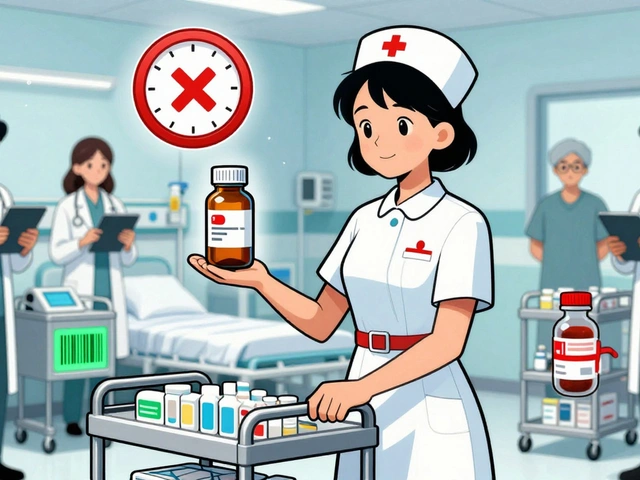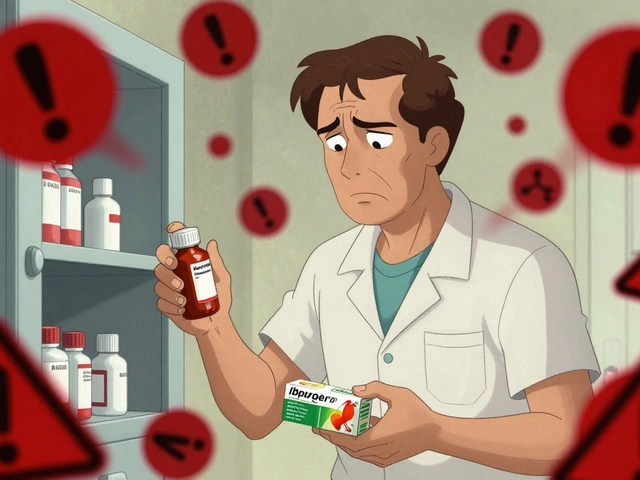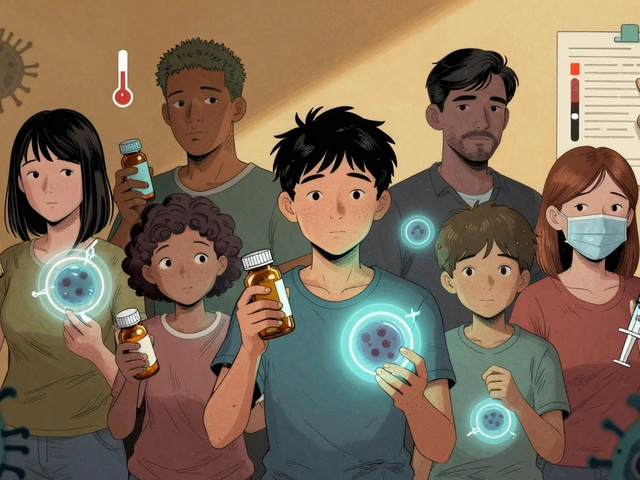Gout treatment: stop flare pain and lower uric acid
Woken by a hot, swollen big toe? That’s a gout flare. Gout is caused by uric acid crystals in the joint. Good news: most flares are treatable and many people can cut flare frequency with the right plan.
Short-term relief: what actually works
For immediate pain and swelling, doctors use three main options: NSAIDs (ibuprofen, naproxen), colchicine, or a short course of oral corticosteroids. Start treatment early—within 24 hours gives the best pain control. If you have kidney disease, stomach ulcers, or are on blood thinners, talk to your clinician before using NSAIDs.
Colchicine works well when started quickly, but the dose matters. Lower doses cause fewer side effects like diarrhea. Steroids are a good choice if NSAIDs and colchicine are unsafe. If the joint looks infected, your doctor may draw fluid (arthrocentesis) to rule out bacteria.
Long-term control and prevention
If you get frequent flares or have tophi (visible lumps of urate) or kidney stones, long-term urate-lowering therapy (ULT) is usually recommended. Common options are allopurinol and febuxostat. These lower serum uric acid and reduce flares over time. Aim for a treat-to-target uric acid level (often under 6 mg/dL) — your doctor will check blood tests and adjust the dose slowly.
Starting ULT can trigger flares, so clinicians often give low-dose colchicine or an NSAID for the first few months as prevention. Don’t stop ULT after one flare—benefits build over months.
Know the safety notes: allopurinol can rarely cause a severe skin reaction; some people of Asian descent are tested for HLA-B*5801 before starting. Febuxostat has raised heart-safety questions in some studies, so discuss heart disease history with your doctor. Colchicine dose needs adjustment for kidney or liver problems and when taken with certain other meds.
Simple lifestyle steps help too. Drink water, lose extra weight, cut regular alcohol (especially beer), avoid sugary drinks and large amounts of red meat or organ meats. These changes won’t replace medicines if you need ULT, but they lower risk and improve overall health.
When to see a specialist: frequent flares (more than 2–3 a year), tophi, unclear diagnosis, or complex drug interactions. A rheumatologist can refine treatment, suggest testing, and manage difficult cases.
Keep track: note each flare’s date, what you ate, and medicines used. Share that with your clinician — it helps find triggers and decide if long-term treatment is right. With fast flare care and a plan to lower uric acid, most people get back to normal activity and cut future attacks dramatically.

Buy Probenecid Online: Safe Ways, Trusted Sources & What to Watch For
Get the real scoop on how to buy Probenecid online—where to get it safely, what to avoid, and how to make sure you’re not getting scammed.
View More




